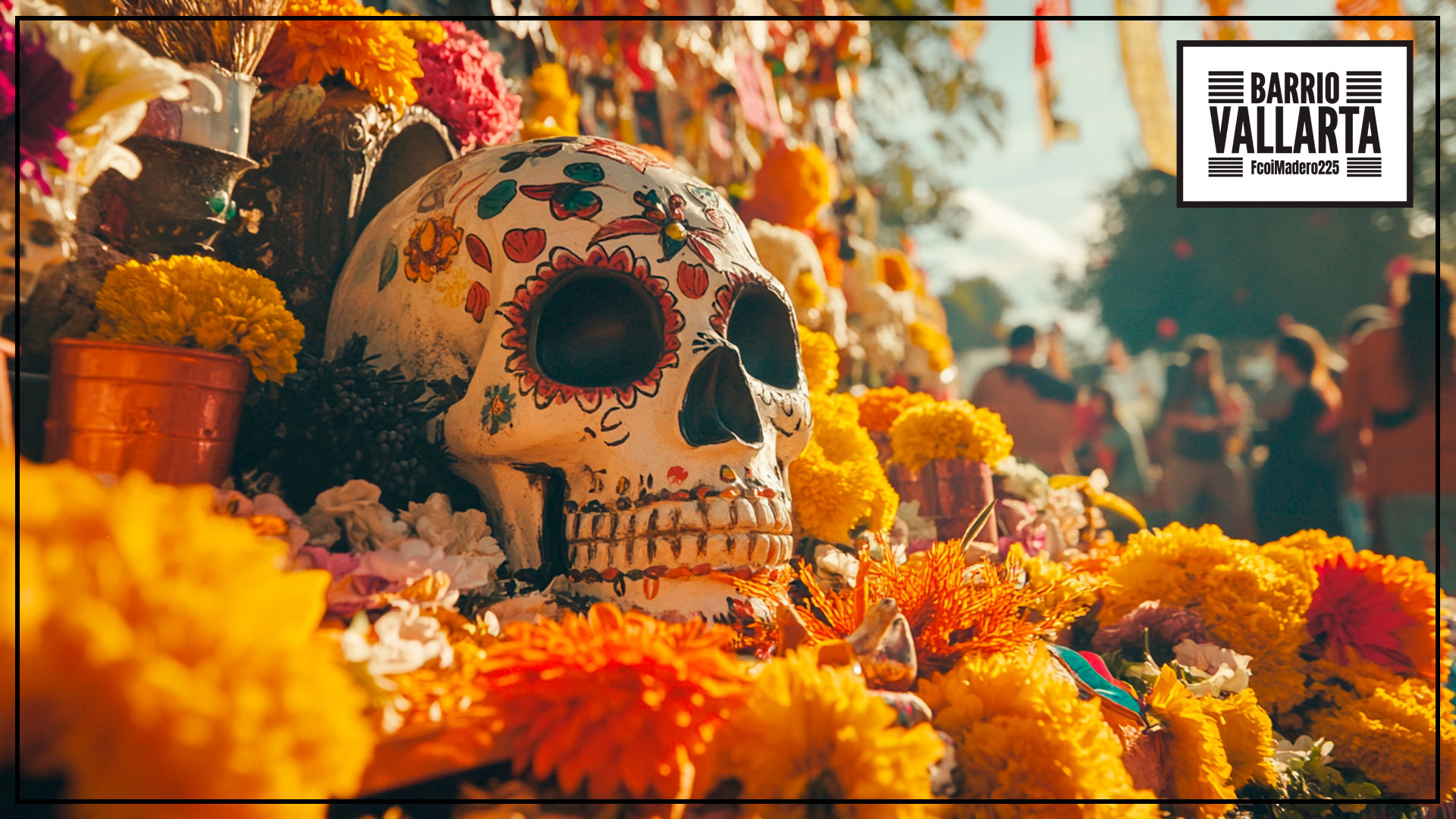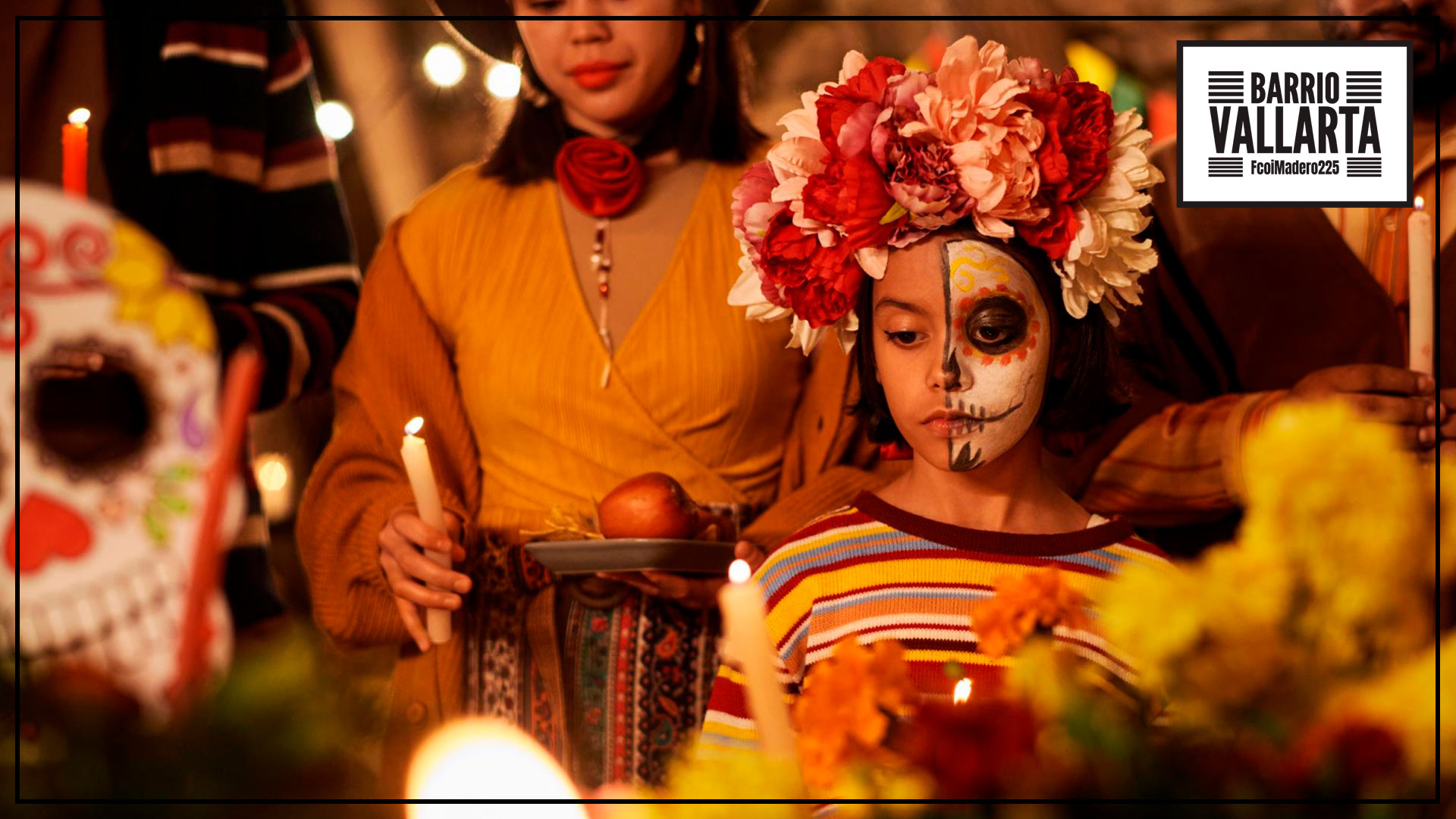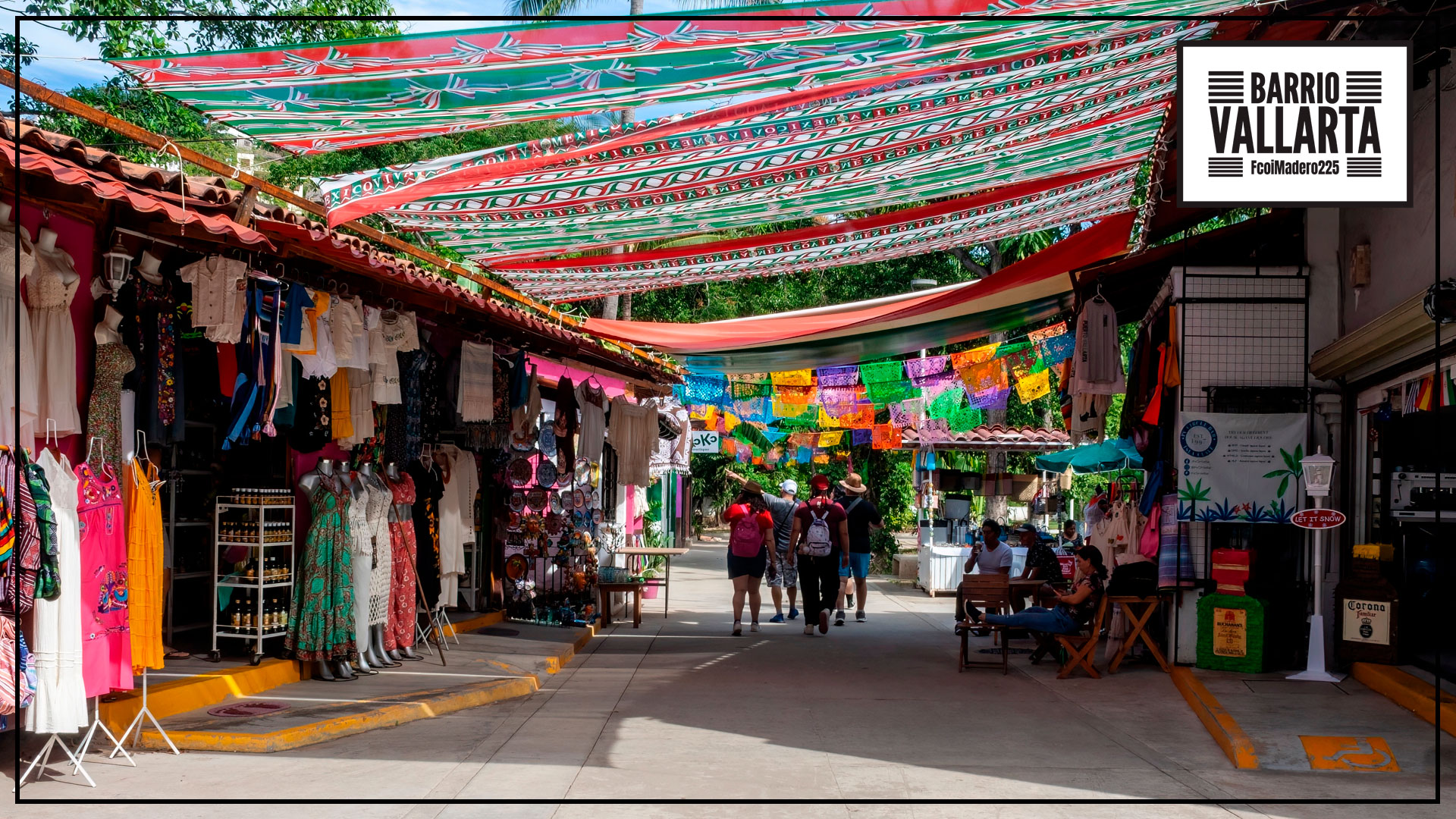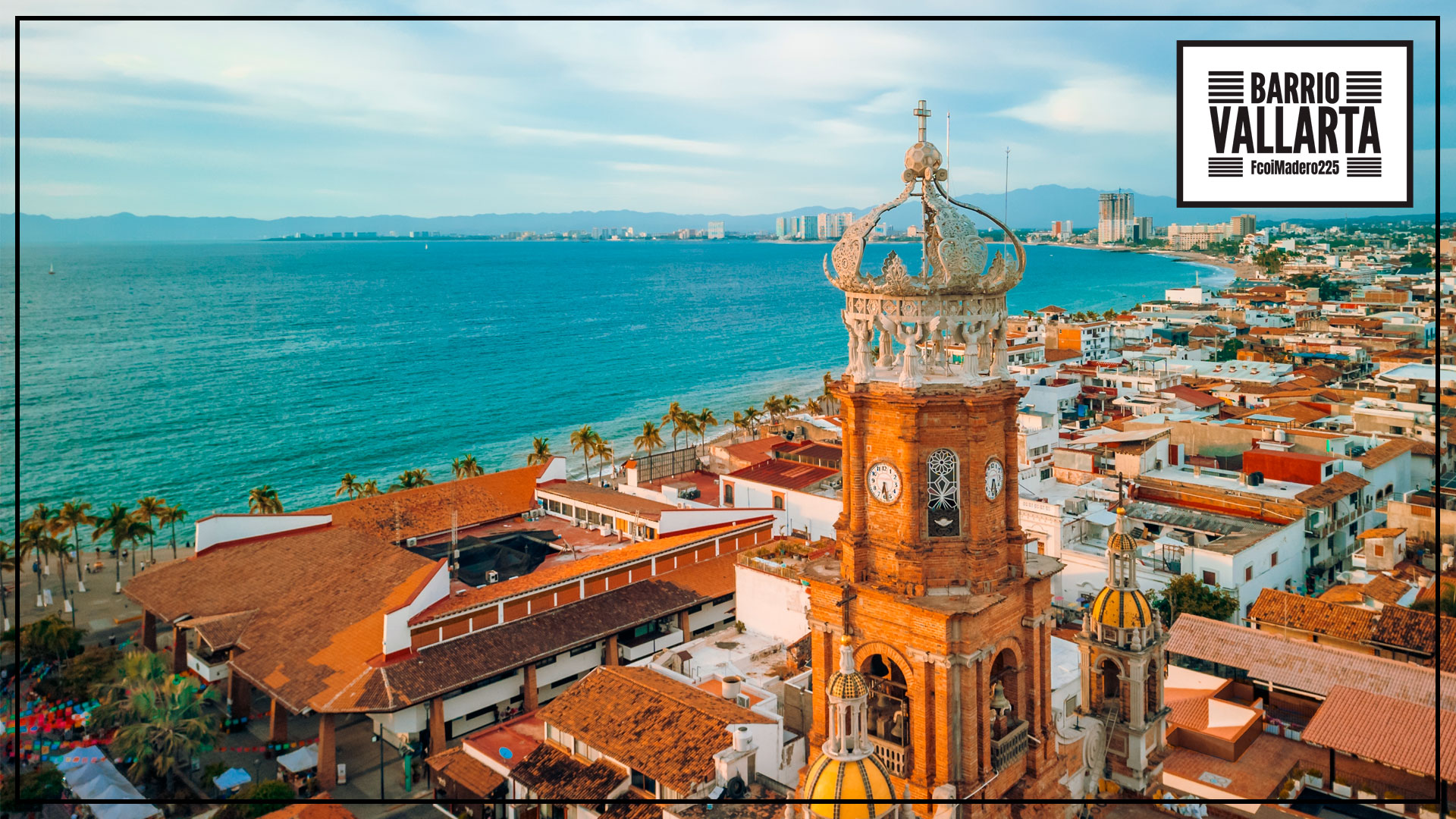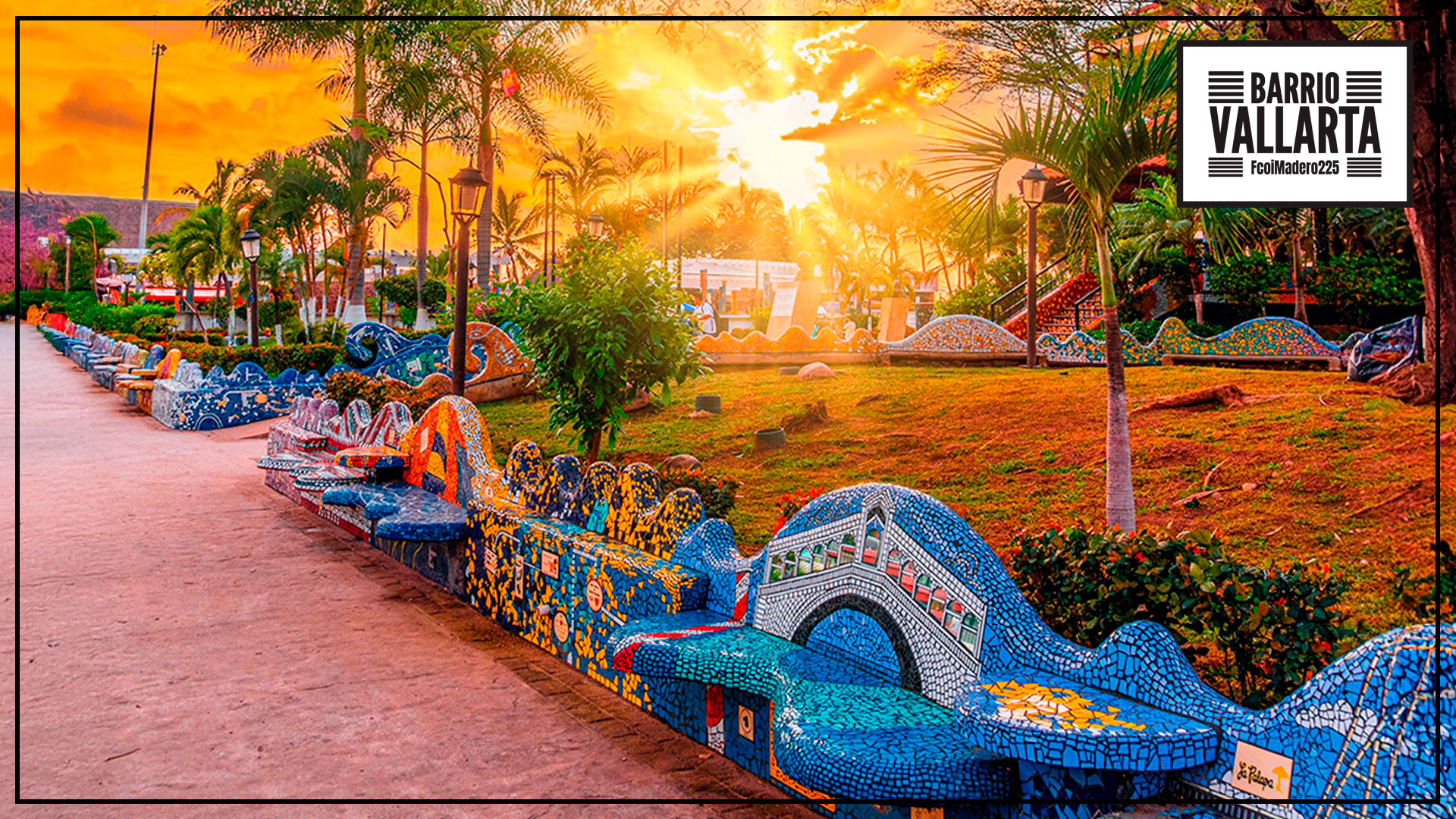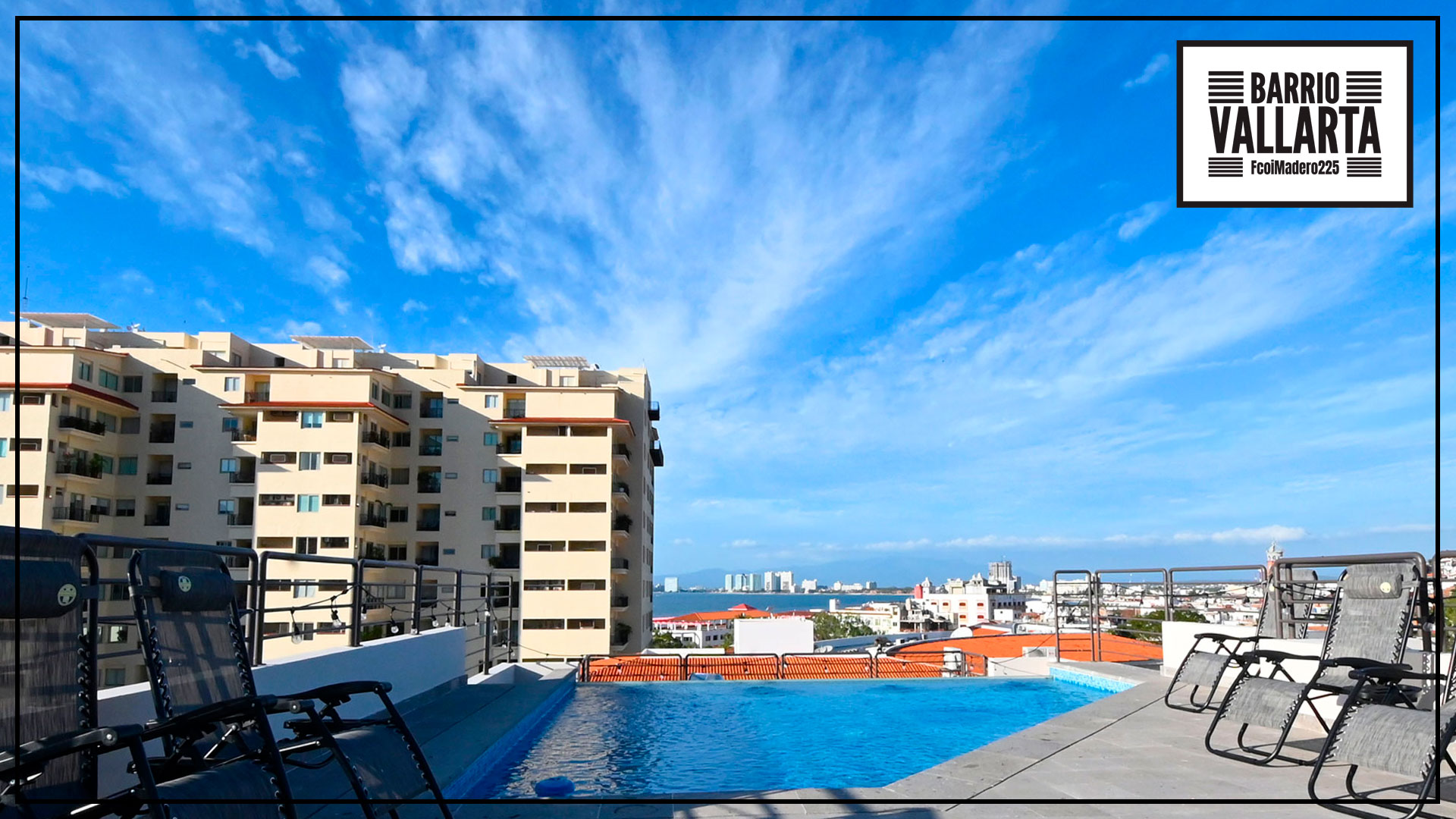01
November
DÍA DE MUERTOS IN MEXICO 🕯️🌸
꧁ The Story of Día de los Muertos in Mexico ꧂
Día de los Muertos is a rich and vibrant tradition that reflects Mexico’s deep connection with life, death, and the afterlife. It originated in ancient Mesoamerican cultures and has evolved over centuries to become a national celebration of remembrance. With offerings like pan de muerto, cempasúchil flowers, and sugar skulls, families honor their departed loved ones, keeping their memories alive in a unique, joyous way. While this celebration is observed across the country, Michoacán holds a special place in its history, making it a key region for experiencing the tradition in its most authentic form.
Día de los Muertos, or Day of the Dead, is one of the most significant cultural celebrations in Mexico, blending Indigenous traditions with Catholic beliefs. Unlike Halloween, which is often associated with fear or ghosts, Día de los Muertos is a joyful celebration that honors deceased loved ones. It is believed that on this day, the souls of the departed return to the world of the living to reunite with their families, share memories, and enjoy the offerings prepared for them.
The Origins and Evolution of Día de los Muertos
The origins of Día de los Muertos can be traced back to pre-Hispanic civilizations, particularly the Aztecs, who held rituals venerating the dead as far back as 3,000 years ago. In these ancient traditions, death was seen as a natural phase in the cycle of life, and the dead were never truly gone but lived on in spirit. Mictecacihuatl, the goddess of death, was said to watch over the bones of the dead and ruled Mictlán, the underworld.
The modern version of the holiday emerged after the Spanish colonization, around the 16th century, when Catholic traditions were incorporated into Indigenous practices. All Saints’ Day and All Souls’ Day, celebrated on November 1 and 2, respectively, merged with the Indigenous customs, creating what is now known as Día de los Muertos. The state of Michoacán, particularly the town of Pátzcuaro, is often credited as one of the birthplaces of the modern celebration due to its deep-rooted Indigenous traditions that have carried through generations.
While November 1 is dedicated to the souls of children, known as Día de los Inocentes or Día de los Angelitos, November 2 is reserved for adults, culminating in grand ceremonies, parades, and intimate family gatherings at cemeteries and homes.
Five Popular Offerings for Día de los Muertos
🍞 Pan de Muerto
This is a special bread baked specifically for Día de los Muertos, often adorned with bone-shaped decorations on top. The circular form represents the cycle of life and death, while the bone shapes symbolize the deceased. The bread is usually flavored with orange blossom or anise and dusted with sugar. It is one of the most symbolic offerings on the altar.
🌸 Cempasúchil Flowers
The marigold, or cempasúchil, is known as the “flower of the dead.” Its vibrant orange color and distinct fragrance are believed to guide the spirits back to the world of the living. The flowers are often scattered on altars and around graves, creating paths for the souls to follow.
💀 Sugar Skulls
Sugar skulls, or calaveras de azúcar, are colorful representations of death that symbolize the vitality of life. These skulls are often personalized with the names of the deceased, and they serve as a cheerful reminder that death is not something to be feared but rather celebrated as part of existence.
🎨 Papel Picado
Brightly colored tissue paper cut into intricate designs, known as papel picado, is another essential element of the ofrenda (altar). The paper represents the fragility of life and the air, one of the four elements often invoked during the holiday. It adds a festive atmosphere to the celebration and is commonly strung around altars.
🕯️ Copal Incense
Copal incense, used by the Aztecs in rituals, is burned to purify the area around the altar and to communicate with the spiritual realm. The rising smoke is believed to carry prayers and messages to the deceased and serves as a spiritual guide to help them find their way home.

